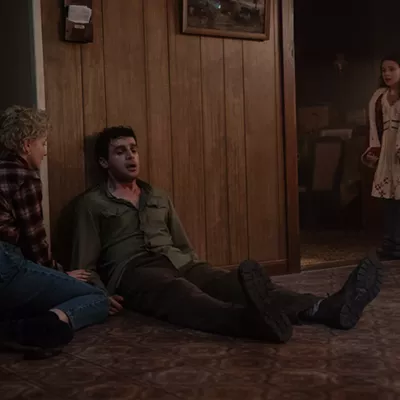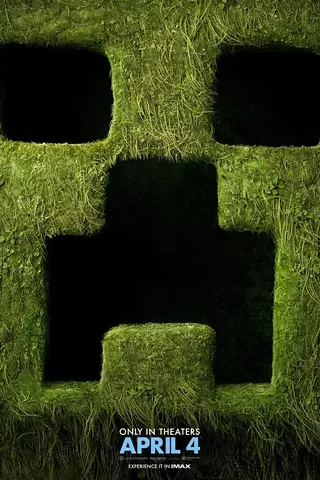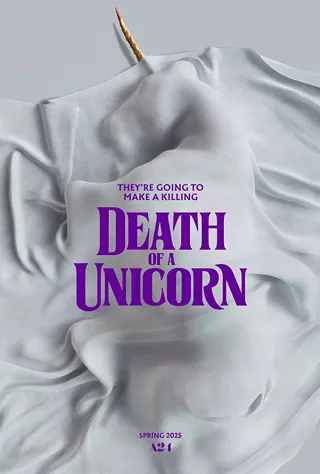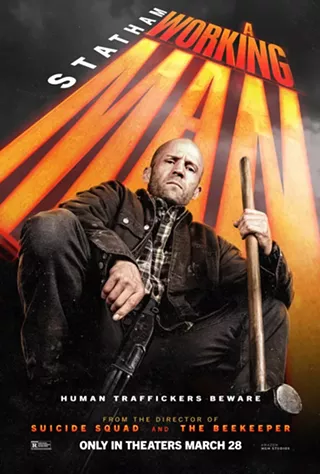While Son of Saul took home home the Oscar for Best Foreign Language Film at the 2016 Oscars, Columbia's submittal, Ciro Guerra's also nominated Embrace of the Serpent, was perhaps Saul's most worthy competitor.
Loosely (very loosely) based on the diaries of Amazon explorers Theodore Koch-Grunberg and Richard Evans Schultes, the film has drawn worthy comparisons to Apocalypse Now and 2001: A Space Odyssey. The rich black and white cinematography by David Gallego also reminds me of Raging Bull, although nobody says the "C" word in the film.
The film chronicles two journeys 40 years apart down a river in the Colombian Amazon. Nilbio Torres plays the younger Karamakate, a shaman and last survivor of his people after the white man has invaded and enslaved the jungle for rubber. When Manduca (Yauenko Miguee), a westernized native, arrives at Karamakate's jungle home with Theo (Jan Bijvoet of the excellent Borgman), a German scientist and explorer who has taken ill, Karamakate bristles and refuses to help. They seek a sacred healing plant that can save Theo.
When Theo claims that Karamakate is not the last survivor of his tribe and can take him to his people, Karamakate agrees to help heal Theo with the sacred plant.
On the condition that Karamakate will continue treating Theo with the plant, the two set out on a journey to find the plant and Karamakate's people.
The story is intertwined with another journey involving a senior Karamakate (Antonio Bolivar as the older version) and Evan (Brionne Davis), another explorer seeking the plant. By the time Evan encounters Karamakate, the old shaman sees himself as a "chullachaqui," void of memories and nothing but a shadow of himself. Much like Theo three decades before, he seeks to be healed. In this case, healing means the restoration of memory and pride.
The parallel journeys tell a dark story, one of white imperialism, the devastation of cultures, and the terrors of misguided religious practices. It's also often very funny, and deeply touching. Torres, who has never acted before, is especially good as Young Karamakate. His character has moments of despair and anger, but always maintains a sort of majestic grace and sense of humor.
The Kubrick comparisons derive from the end of the film, primarily, where things come together in a way similar to the end of 2001. As for the Coppola comparison, that similarity is much more substantial. The river journey feels much like the one Martin Sheen took in the 1878 Apocalypse Now, especially when the original trio comes upon a religious settlement where young boys are being abused.
Cut to 30 years later, and that settlement has been taken over by the boys, now grown up. The results are not unlike Colonel Kurtz's nightmarish compound. I was half expecting Dennis Hopper's photographer to pop out and start ranting and raving about his master.
Of course, the movie stands on its own merits, thanks to some incredible and haunting imagery delivered by Guerra. Most memorable is an encounter with a one armed slave harvesting rubber on the first journey. Manduca is faced with a brutal choice, and the scene is a truly memorable nightmare.
Bijvoet delivers mighty good work as Theo, a basically good man who remains villainous in Karamakate's eyes, and has a bit too much luggage for the journey. Davis is equally good, but it's the Theo journey that resonates a bit more. Both actors portraying Karamakate are extraordinary. They command the screen with the sort of authority reserved for veterans of decades of movie making.
Don't miss the chance to see this on a big screen in a proper movie theater. Embrace of the Serpent is not a "wait for the video" endeavor. It's a below-the-radar movie that is likely to make an imprint on you. However, when it does come out on video, watch it in a triple feature with 2001 and Apocalypse Now. That should mess you up for weeks.










